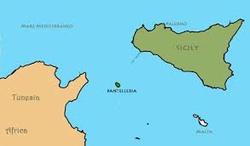 All it took was opening a bottle of wine to transport me back to the enchanting island of Pantelleria that I visited this past April with my gracious host, Donnafugata. The 2016 Donnafugata Lighea Zibibbo Sicilia is 100% Zibibbo (Muscat of Alexandria) and is produced on the Sicilian island of Pantelleria. Zibibbo is an aromatic grape originally from Egypt that ancient Arab settlers brought to the island. “Zibibbo” comes from the Arabic word “zabib” which means “raisins”. In addition to the zibibbo wines, Moscato and Passito di Pantelleria are made from this sweet grape. Lighea is a dry version of Zibibbo. Although the aromas would lead one to believe that they are about to drink a sweet wine, you are in for a pleasant surprise. Donnafugata has created a beautiful balance of mildly sweet and dry wine. The color of Lighea is light yellow with exotic aromas of tropical fruit, oranges, stone fruit, honey and hints of white flowers. The palate is layered with apricots, citrus fruit and salty mineral notes. Lemon zest and apricots linger on a very long finish! Yummy!! This wine drinks well as an aperitif or serve it with fish, pasta and appetizers. Alcohol: 12.38% SRP $20 As always, there is a story behind Donnafugata labels. “From the disheveled tresses the color of the sun, seawater flowed over the green, wide-open eyes.” Thus Giuseppe Tomasi di Lampedusa describes Lighea, the bewitching siren and principal figure in his novel. She has inspired the creation of a complex and innovative wine and an equally original label. “It was not easy to print this label”, Gabriella (founder of Donnafugata, with her husband Giacomo) recalled, “and preserve the thousand shadings of colors of Pantelleria Island, painted in the original drawing.” As I inhale the aromas of Pantelleria Island and sip this lovely wine, my thoughts return to a magical day. Pure bliss! To learn more about Donnafugata and Pantelleria island, please read my story: Day 575 Donnafugata A 360 Degree Tour - The WineKnitter http://thewineknitter.com/1/post/2017/05/day-575-donnafugata-a-360-degree-tour.html
Cheers! Penina To leave a comment or if you have an inquiry, please contact me at [email protected] If you didn’t read my last post “Day 592 Susana Balbo”, please scroll down the page and do so now. It will give you insight into this amazing Argentinian winemaker, her wines and dynamic commitment to oenology. The story also includes a review of two whites and one rosé wine from Susana’s CRIOS collection. So now that you’re hopefully up to speed with Susana Balbo, I’ll continue my exploration of a few reds from Susana’s CRIOS collection. One thing that I didn’t mention in my previous story is that CRIOS in Spanish means “offspring”. The CRIOS brand was created by Susana as a tribute to her son and daughter, who are now an integral part of the family business. As I did in my last post, I have included the back label of each wine that shares Susana’s personal story about the wine. The 2015 CRIOS Red Blend is made with 35% Cabernet Sauvignon, 30% Malbec, 20% Merlot, 10% Cabernet Franc and 5% Tannat. The grapes were hand-harvested from the Uco Valley. The wine was aged for eight months in French oak. The color is dark crimson bordering on purple. Lush aromas of dark and red berries, plum and spice spill onto the palate with cherry, fennel, pepper and hints of oak. This is an earthy wine with mild tannins and is beautifully balanced. It will complement a wide range of food. Alcohol: 14.5% SRP: $15 The 2015 CRIOS Cabernet Sauvignon is 95% Cabernet Sauvignon and 5% Cabernet Franc. The grapes were hand-harvested from the Luján de Cuyo region. The wine was aged for nine months in 100% French oak. The color is deep red with lovely aromas of cherry, dark berries and spice. This full-bodied earthy wine fills the palate with dark cherry, blackberries, licorice, herbs and spice. Pepper and vanilla linger on the palate for a long finish. Soft to medium tannins make this an excellent wine to accompany hearty meals as well as cheese and fruit. Impressive! Alcohol: 14.5% SRP: $15 The 2015 CRIOS Malbec is made with 95% Malbec and 5% Bonarda. The grapes were hand-harvested from the Uco valley region. The wine was aged for nine months in 100% French oak. The color of this wine is deep red bordering on purple with aromas of berries, cherry, pepper and floral notes. The palate offers layers of juicy red fruit including plum and cherry. The layers continue with blackberry, herbs and spice. Medium bodied, fresh and balanced. Simply lovely! Use your imagination when pairing with food! Alcohol: 14.5% SRP $15 I can’t wait to taste Susana’s other wine collections.
Cheers! Penina To leave a comment or if you have an inquiry, please contact me at [email protected] Susana Balbo is the founder and owner of Susana Balbo Wines in Argentina. Susana is not only the most well-known Argentinian female winemaker globally, but she is also the first female enologist in Argentina! With over thirty years experience in the wine industry, Susana has built an impressive career and produces some outstanding wines. From an early age, Susana strayed from wanting a traditional “female” education by electing to study nuclear physics in Bariloche. However, her parents would not let her leave Mendoza to pursue this path. So, Susana made a decision to follow the family’s wine business and in 1981, she graduated from Don Bosco University with a degree in oenology, becoming the first female enologist in Argentina and challenging the male-dominated wine industry in Mendoza. Susana’s career began at Michel Torino winery in the Salta province where she made her first wine, which was the first vintage of Torrontés from Salta in 1983. She then continued on to work at many other well-regarded wineries and also worked as a consultant winemaker for national and worldwide wineries before “birthing” Susana Balbo Wines in 1999. Her first vintage was released in 2002. 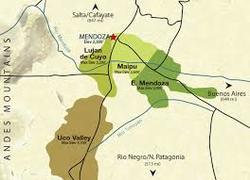 Susana Balbo Wines is located in Luján de Cuyo, Mendoza in western Argentina close to the Andes Mountains. Due to the close proximity of the Andes, the vineyards are subject to a hot, dry climate during the day and cool alpine winds in the evenings, thus allowing the grapes to develop and ripen slowly while reaching full tannic ripeness and maintaining their acidity. In addition to Susana’s two children, José, winemaker and Ana, Marketing Manager who joined the team in 2011 and 2012, esteemed winemaker and viticulturist, Edy del Popolo is also on board. With state of the art technology and a nonstop commitment to seeking innovative ways to enhance her winemaking, Susana continues to produce fresh, light and elegant wines. In addition to being renowned throughout the world for her wine-making talents and single vineyard wines, Susana is also a global ambassador for Argentina. In 2014 she was elected to serve a third term as President of Wines of Argentina. Susana produces four brands of wine that include CRIOS, Susana Balbo, Nosotros and Benmarco. I recently received five bottles of CRIOS wines that include three reds, a white Torrontés and a Rosé of Malbec. CRIOS is “the cutting edge” brand by Susana Balbo and wines are priced at $15. Although this brand was created for the Millennials and Gen X generations, these wines will appeal to a broad range of age groups. CRIOS is harvested from specific areas of Mendoza and Salta. I’m going to start with my thoughts on the Torrontés and Rosé of Malbec. My next post will focus on the reds. The 2016 CRIOS Torrontés Argentina is 100% Torrontés. The grapes are hand-harvested from the Cafayate (Salta) and Uco Valley (Mendoza) regions. The color is pale yellow with green highlights. The nose offers floral notes, pear, citrus and hints of vanilla. The palate has a beautiful texture with pear, green apple and lemon zest on the finish. This wine is perfectly balanced, crisp and fresh. It is the #1 selling Torrontés in the US! Alcohol: 13% The 2017 CRIOS Rosé of Malbec is 100% Malbec. The grapes are hand-harvested from the Uco Valley region. The color is deep pink bordering on cherry. The nose offers lush berries, especially strawberry and a hint of caramel cream that segues onto the palate with a hint of spice. Sour cherry and candied apple bring home the finish. A nicely balanced, dry Rosé …wonderful! Alcohol: 12% I’m looking forward to opening the CRIOS reds and I’ll share my thoughts with you in my next post.
Until then… Cheers! Penina To leave a comment or if you have an inquiry, please contact me at [email protected] On Monday, August 21st, 2017 all of North America will witness an incredible celestial event, the eclipse of the sun. The last total eclipse was 38 years ago, in 1979. If you are fortunate enough to be within the path of totality, you will be able to see a total solar eclipse when the moon will completely cover the sun as it passes between the earth and the sun. Observers outside this path will be able to see a partial solar eclipse. In addition to North America, parts of South America, Africa and Europe will see a partial solar eclipse. To mark this event, it might be fun to have a “moon” themed party. And what better way to toast the eclipse than with “night harvested” wines from Chile, produced by Concha y Toro. Although most any wine with a label suggesting the moon or nighttime will do, I happen to have a few bottles of Frontera After Dark, the 2016 Moonlight White and 2016 After Midnight Red on hand. The Frontera labels are entry-level wines that are priced low, with good value. The grapes are harvested in the cool of the night for “bolder flavors and aromas”. I presented the 2015 vintages to the millennial crowd at my Thanksgiving dinner this past November. You can read their reviews at: http://thewineknitter.com/1/post/2016/12/day-537.html The 2016 Frontera Moonlight White Blend is produced in the Itata Valley of Chile. Made primarily with Moscato grapes, the wine is pale gold in color with aromas of floral and soft citrus. This is a fresh but sweet wine with a subtle touch of effervescence and hints of honey, peach and white flowers. Finish is short and sweet! Alcohol: 9.5% SRP: $6 The 2016 After Midnight is produced in Central Valley, Chile. The blend is 55% Cabernet Sauvignon, 40% Syrah and 5% Merlot. The color is purple with aromas of cherry, dark berries and plum. The palate offers plum, strawberry, hints of spice and mild tannins. This is a medium-bodied wine that leans towards the sweet side. Alcohol: 12% SRP: $6 In addition to wine, there are many “moon themed” cocktails such as Blue Moon Martinis made with gin and Blue Curacao or Sailor Moon cocktails. Make an assortment of edibles such as Half Moon cheese pies, mini Croissants stuffed with your favorite food (use your imagination) and of course for dessert, Magical Moon Pies! Whatever you choose to drink and eat and how you choose to celebrate the solar eclipse, please make sure to have Eclipse glasses on hand to protect your eyes. And put on some music and listen to Van Morrison’s “Moondance” song. After all, “it’s a marvelous night for a moondance”!
 The rain and humidity finally disappeared last evening. So a few friends and I gathered for a sunset glass of wine and appetizers. Our host had a few bottles of perfectly chilled MacRostie Russian River Valley Chardonnay waiting for us. MacRostie Winery and Vineyards is located along the Sonoma Coast in the heart of the Russian River Valley in California. Founded in 1987 by Steve MacRostie, he and winemaker Heidi Bridenhagen are making extraordinary wines. In addition to Steve’s Wildcat Mountain Vineyard, he uses grapes farmed by some legendary winegrowers such as the Duttons, Sangiocomos and Martinellis. The winegrowing sites include more than 30 Chardonnay vineyards and over 15 Pinot Noir sites allowing for diversity and vibrancy in their wines. 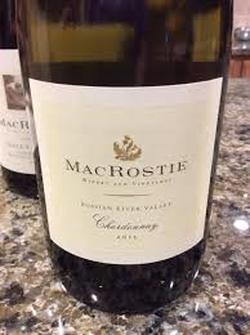 The 2015 Russian River Valley Chardonnay is a blend of grapes from some of the finest vineyards, including Kent Ritchie Vineyard, Martinelli Vineyard, Mirabelle Vineyard and Charles Heintz Vineyard. The wine is very aromatic with notes of flowers, citrus, tart apple and honeydew that spill onto the palate with hints of oak and melon that linger on. This is a crisp and well-defined Chardonnay and an elegant addition to any table. SRP: $34 And now I’m off to embrace this beautiful day!
Cheers! Penina To leave a comment or if you have an inquiry, please contact me at [email protected] The July 4th festivities have come and gone. The weather was beautiful and perfect for swimming, grilling and watching magical sunsets while sipping wine. One of the wines that we opened was a Fondo Antico 2016 Bello Mio Zibibbo from Sicily. Made with 100% Zibibbo grapes, this delicate wine is the color of pale gold. Characteristic of the grape, the nose offers lush stone fruit and floral with apricot and hints of almond that segues onto the palate. The taste of apricots and almonds linger on a long finish. The wine has low residual sugar, is nicely balanced and has just the right intensity to complement light food and desserts. We drank it as an aperitif. Alcohol: 12% If you would like more information regarding Fondo Antico or Zibibbo grapes, please check out some of my stories that were recently posted.
Have a beautiful day! Cheers! Penina To leave a comment or if you have an inquiry, please contact me at [email protected]  It’s the start of the Fourth of July weekend celebrations, which will continue at least through the actual Fourth of July on Tuesday. There will be picnics, parties and fireworks galore! I will be kicking off the celebration with a bottle of Michel Chapoutier’s 2016 Les Vignes de Bila-Haut Pays d’Oc Rosé. If you have been following my stories, you might recall that I tasted and reviewed a 2015 Domaine de Bila-Haut “Les Vignes” Rouge and “Les Vignes” Blanc this past October. If not, let me give you a synopsis of Domaine Bila-Haut and winemaker, Michel Chapoutier. 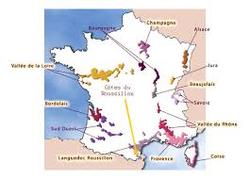 Domaine Bila-Haut is located in the region of Côtes de Roussillon, Languedoc, a wine region known for making top quality wines. It is in Southwest France, and very close to Spain. Michel Chapoutier is head of Maison M. Chapoutier. He is world-renowned and is one of Rhône’s most famous wine producers of Hermitage, Chateaneuf du Pape and Côte Rôtie to name just a few. He purchased the 190-acre Domaine Bila-Haut in 1999. It was a neglected property but showed promise with the land being a mix of schist, gneiss and clay. With Chapoutier’s knowledge, expertise and passion along with the climate of the Mediterranean, he turned the land into a perfect growing environment for Syrah, Grenache and Carignan. Bila-Haut wines reflect all of this. It is interesting to note that Bila-Haut was once a house of refuge for the Knights of Templar and their cross is used as the logo on Bila-Haut labels. Michel Chapoutier wanted to create a perfectly styled Rosé, so he changed the percentage of grape varieties (called cépage) in the wine to include Grenache and Syrah. The 2016 Les Vignes de Bila-Haut Pays d’Oc Rosé is a blend of 78% Grenache, 14% Cinsault and 8% Syrah. The color is a rich salmon with aromas of rose, peony and red berries with a whisper of orange. The palate is deliciously layered with juicy notes of strawberry, cherry and a hint of herbs. The finish offers lingering notes of citrus. This is a dry, refreshing, crisp wine that is beautifully balanced. Serve as an aperitif or with seafood, light pastas, cheese and fruit. Great value for the quality of this wine! Alcohol: 13% SRP: $15 I’ll be back next week! Have a wonderful holiday celebration! Happy Saturday!
Cheers! Penina To leave a comment or if you have an inquiry, please contact me at [email protected] While I was in Sicily a few months ago for Sicilia En Primeur 17, I spent a day at a walk around tasting of the 2016 vintages from forty-nine producers. I met many winemakers, listened to captivating stories and tasted an array of wines. While at the tasting, I met Gianluca Saladino, export manager for Fondo Antico winery who “poured” me an introduction to their delicious wines. Although I didn’t have the opportunity or time to visit the winery while in Sicily, Gianluca kindly brought Fondo Antico to my doorstep by sending me a variety of their wines when I returned home from my trip. 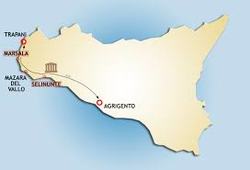 Fondo Antico winery was established in 1995 and is owned by the Polizzotti-Scuderi family that is now in its sixth generation of winemaking. The estate is located in the village of Rilievo, between Trapani and Marsala, in western Sicily. They have 80 acres of vineyards planted with vines such as Grillo, Nero d’Avola, Catarratto, Perricone and Syrah in addition to olive and lemon trees. Fondo Antico loosely translated means “ancient background” and refers to the winery’s history and strong tradition of making wine. Their logo is a branch of Corallium rubrum, (red coral) a local species of the Mediterranean that was considered a symbol for averting evil influences or bad luck and was also a source of local livelihoods between the 14th and 15th century. The coral preserves marine biodiversity and Fondo Antico protects the Sicilian native species and its territory, using eco-friendly practices. To quote the owner, Giuseppe Polizzotti: “…with the passing of time, this land has conquered me more and more every day, and I grew so fond of it that I eventually decided to follow in my grandfather's and my father's footsteps, the ancestors who understood that viticulture could be a form of income and livelihood for their families. This strong and generous land has always been suited to viticulture and my love for it brought me to learn the art of winemaking.” Today, I’m going to focus on the Grillo wines, which are Fondo Antico’s “calling card”. To recap from a previous story on Grillo: Grillo, one of Sicily’s best known grapes, is found throughout western Sicily and is noted for its citrus flavors, sweetness and mild acidity. Due to the grape’s high sugar levels, it is ideal for the production of fortified wines. And now because of the innovation of new winemakers, Grillo has a wide range of styles, from crisp and savory, to structured and mature. Fondo Antico’s Il Coro and Grillo Parlante are both made with 100% Grillo grapes, but they are very different in style. Il Coro has longer contact with the skins during fermentation and is aged in oak and acacia barrels for six months. Whereas, Parlante is soft pressed, has less skin contact and is aged in stainless steel tanks and in the bottle. Il Coro di Fondo Antico 2016 is golden in color with enticing aromas of fresh citrus, fruit, spice and subtle hints of wood. The palate offers a creamy texture of apricot, citrus, flowers and hints of tropical fruit giving this wine an unusual richness. Drink as an aperitif or with most any food. Alcohol: 14% Grillo Parlante 2016 is pale yellow with a lovely scent of fruit, flowers and citrus. The palate is beautifully balanced with layers of citrus, pineapple, pear and hints of lemon zest on the finish. This is a fresh and lively wine that will pair well with seafood, pastas, cheese and fruit. Grillo Parlante translated means “talking cricket”. The cricket on the label symbolizes and “gives voice to the flavors of the Grillo cultivar”. Alcohol: 12.5% I have four more Fondo Antico bottles to open and much more to share with you about this winery, the winemaker and their collection. Another story about Fondo Antico to follow soon!
Cheers! Penina To leave a comment or if you have an inquiry, please contact me at [email protected] The spring flowers are popping up everywhere and the trees are blossoming in bursts of pink, white and yellow. I love this time of year! Spring renewal! It is a time of rebirth, making positive changes and everything seems possible! “It's spring fever. That is what the name of it is. And when you've got it, you want—oh, you don't quite know what it is you do want, but it just fairly makes your heart ache, you want it so!” ― Mark Twain Photo courtesy of jomalatehkotah.blogfa  With my press trip to Sicily rapidly approaching, I’m looking forward to visiting many vineyards where the grape vines will be going through their rebirth and I will observe first hand the new growth of grapes of the soon to be 2017 vintages of wine. So, in keeping with the Sicilian theme, I have a bottle of 2015 Cusumano Nero D’Avola that I will be opening later this evening. Cusumano has seven vineyards spread throughout Sicily with all wines produced at the Partinico based family winery. Cusumano has been in existence for over 60 years and at the helm are brothers Diego and Alberto Cusumano, second-generation winemakers. Their Nero D’Avola vineyards are in the San Giacomo region, located in the center of Sicily. More in-depth coverage to follow over the next few weeks. I am looking forward to tasting all the 2016 vintages of Cusumano at the Sicilia en Primeur. And I can’t wait to open their 2015 100% Nero D’Avola tonight!
Many stories to tell when I return! Have a great Wine Wednesday! Cheers! Penina Spring has finally arrived! Warm weather and wearing sandals are always conducive to making me happy! And, it’s time to dust off the grill and move the party outside. I’ll be popping open more white and rosé wine now. However, as you might know, I never abandon red wine just because of warm weather! 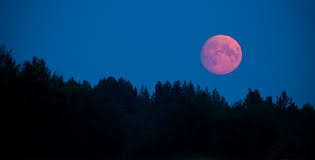 So, in honor of the pink full moon last night and the 75-degree temps, I opened my last bottle of 2014 Mockingbird Hill Chardonnay from Napa Valley. I reviewed this vintage in May 2016. This is a delightful wine with enticing aromas of citrus, melon, pear and hints of floral. As I reported last time “the palate revealed lush layers of honeysuckle, pineapple, and honey crisp apples with hints of oak and vanilla. The finish was long with a touch of creamsicle lingering. Nice acidity and very clean.” This is a wonderful wine to drink as an aperitif. It’s also good with cheese, fish and grilled veggies. http://www.mockingbirdhillwine.com 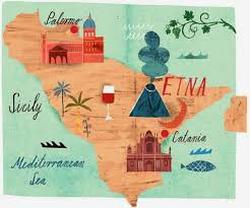 Over the next two weeks I will be posting infrequently due to a tight schedule and an upcoming press trip to Sicily! I will be back on my blog full-time at the beginning of May with lots of stories! In the meantime, you can follow me on Twitter, Instagram and Facebook to view daily photos and updates of my trip. The links are below: Twitter @peninablogger
Instagram @thewineknitter Facebook https://www.facebook.com/TheWineKnitter-1313377698713518/?ref=bookmarks Have a great Tuesday! Cheers! Penina To leave a comment or if you have an inquiry, please contact me at [email protected] |
Categories
All
|

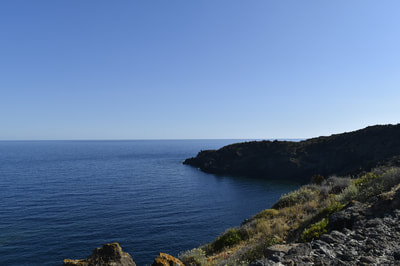
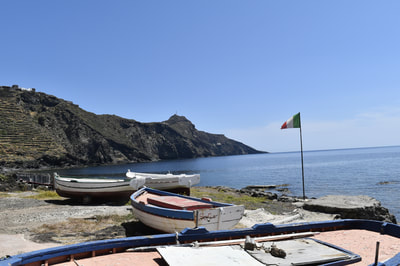
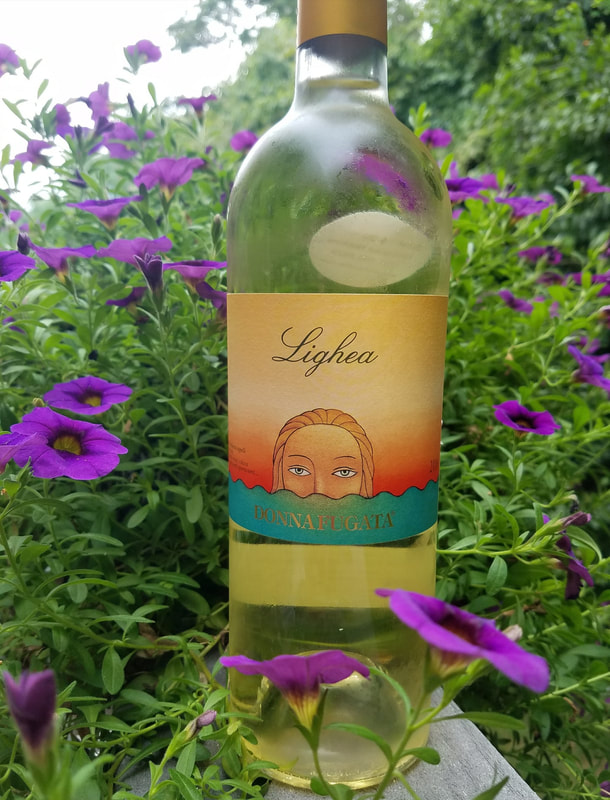
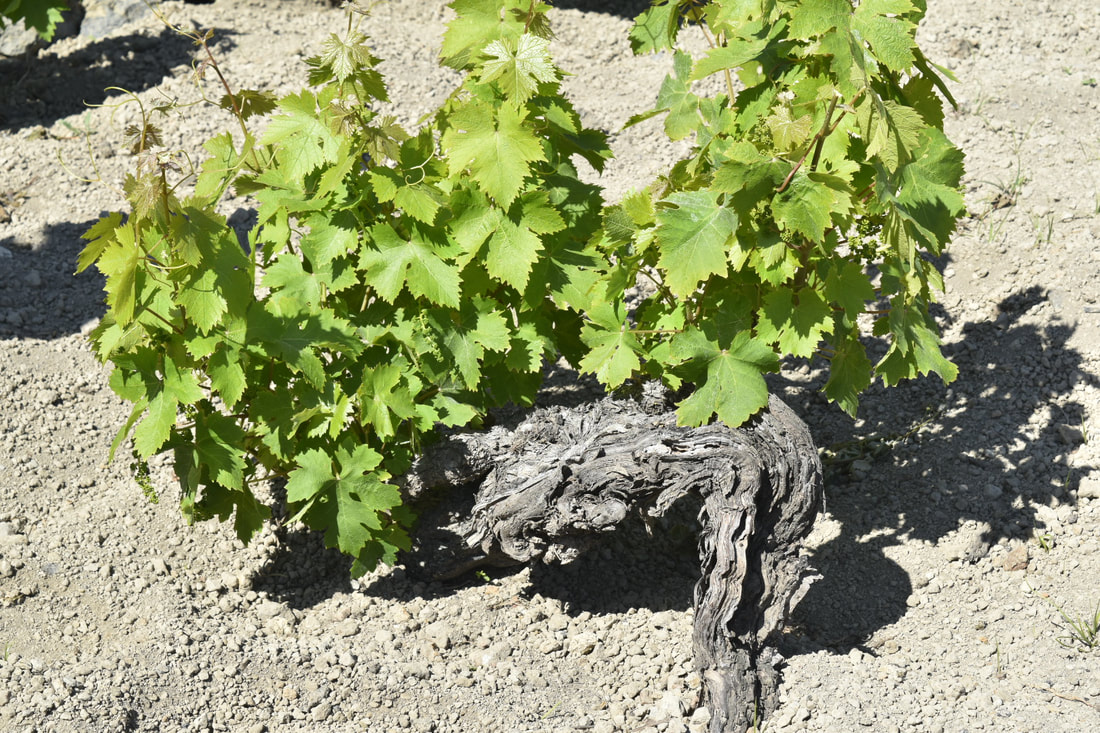
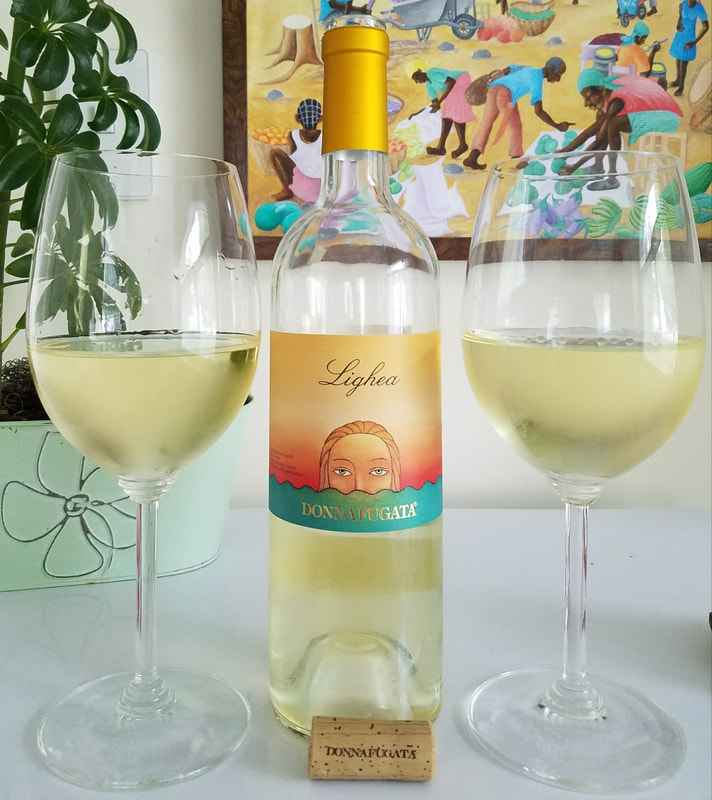
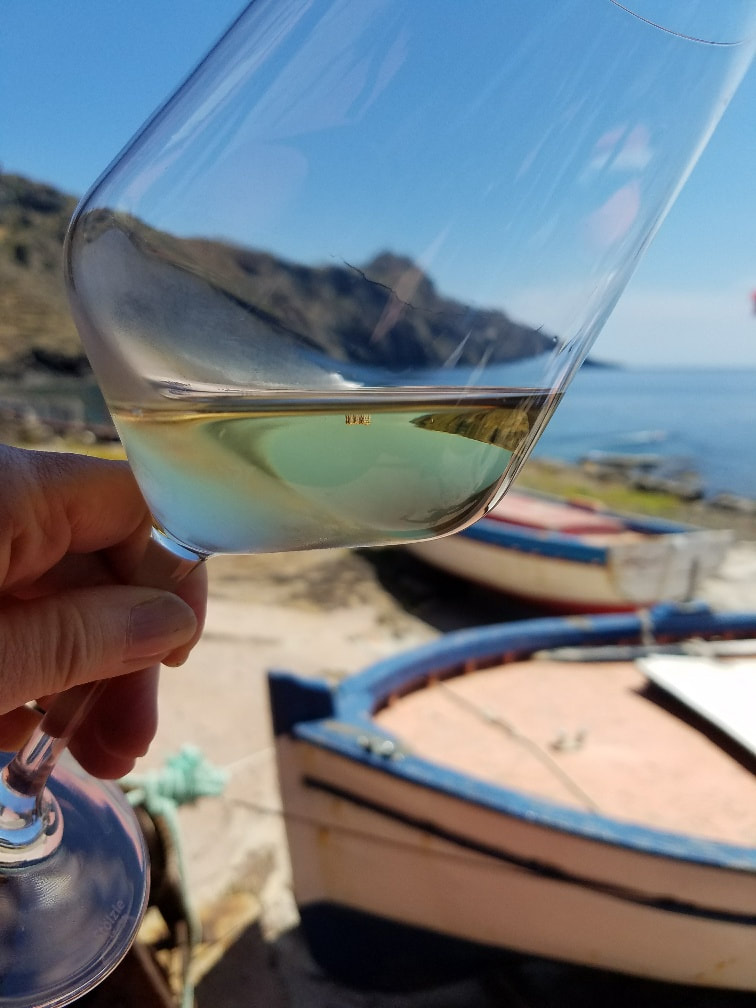
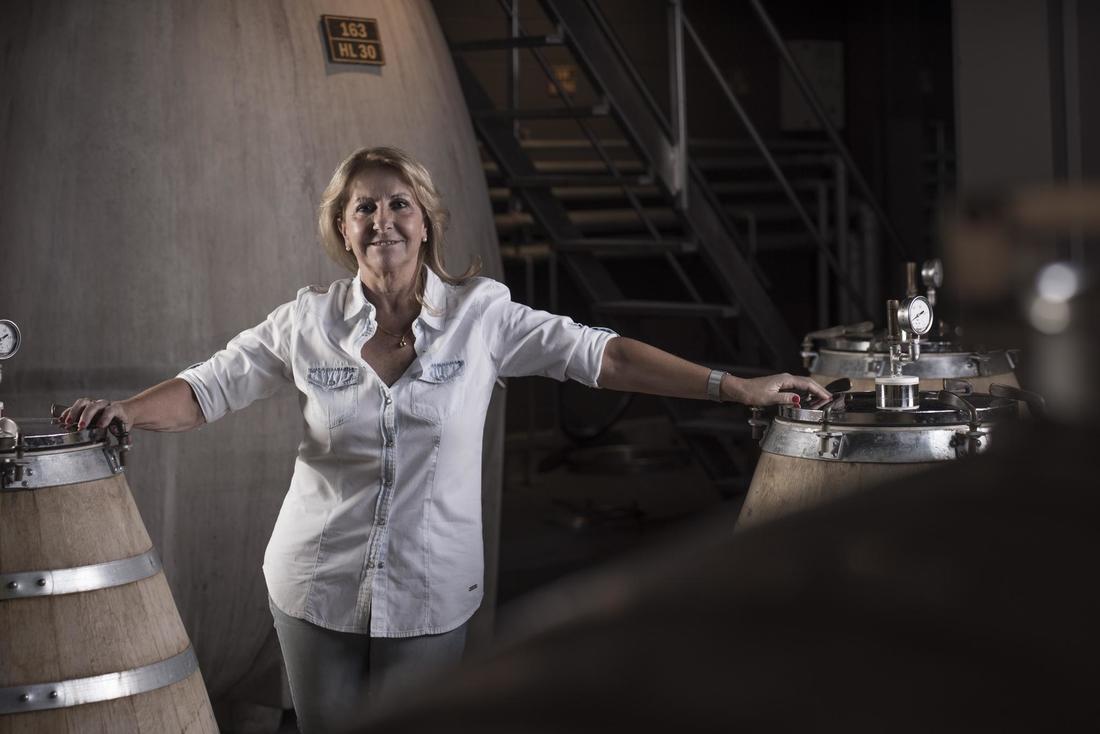
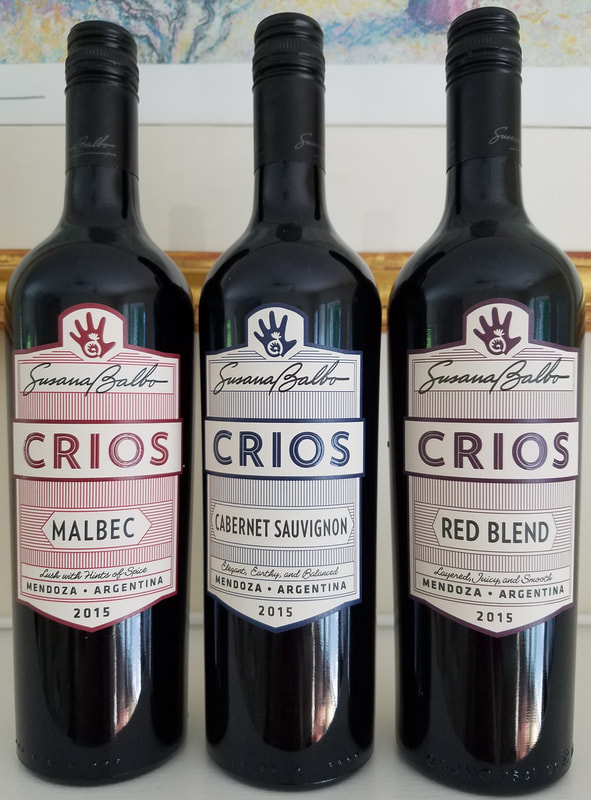
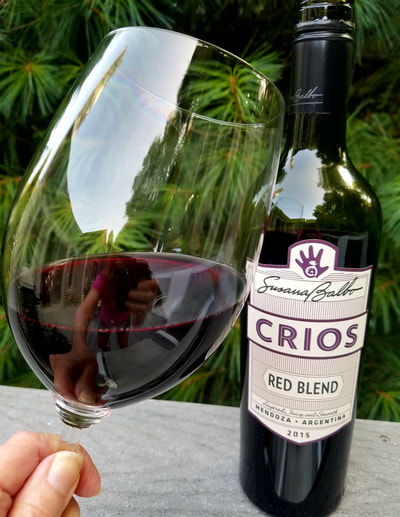
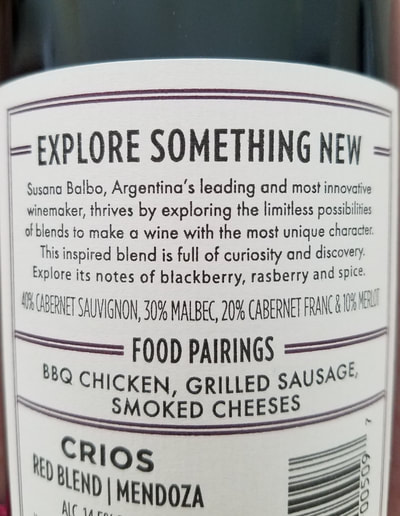
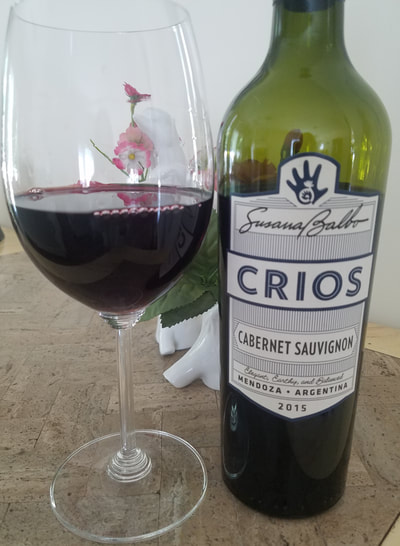
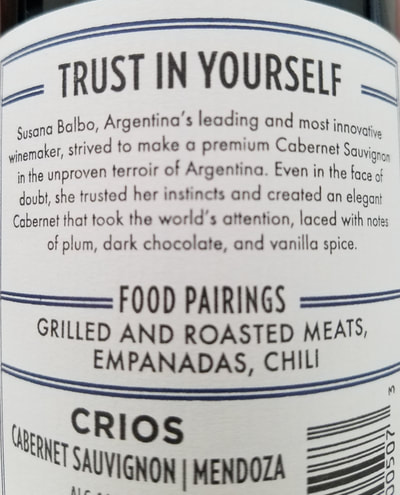
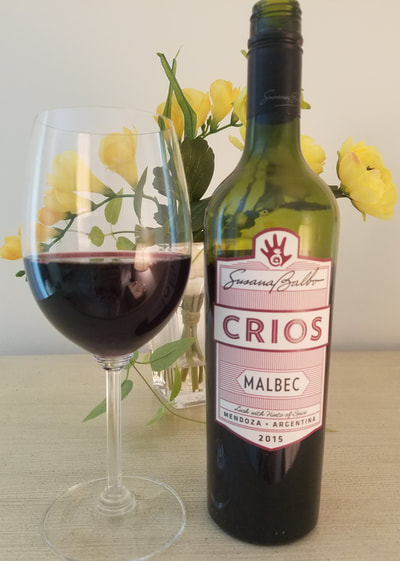
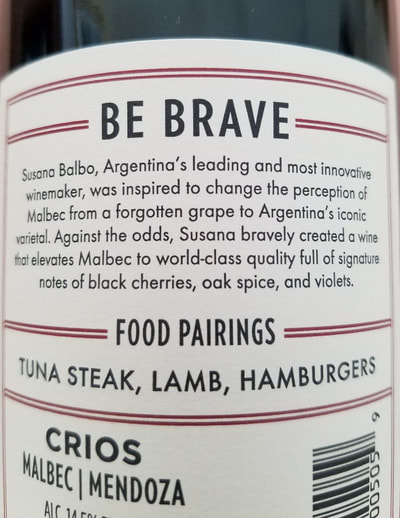


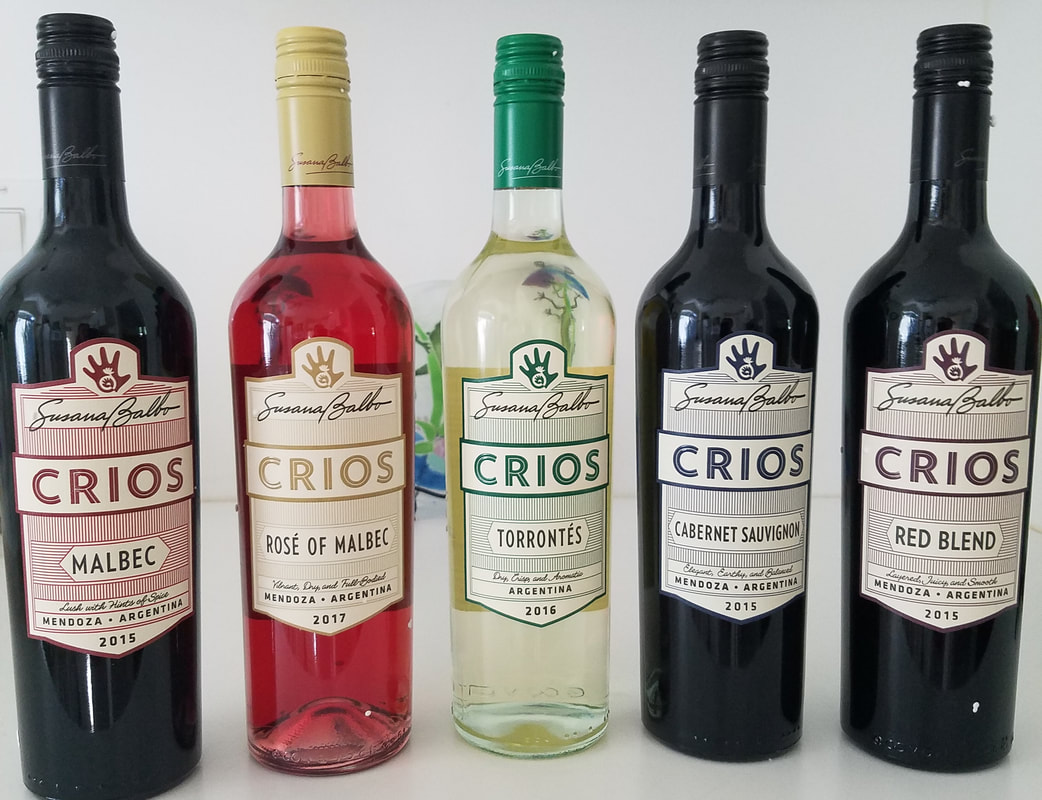
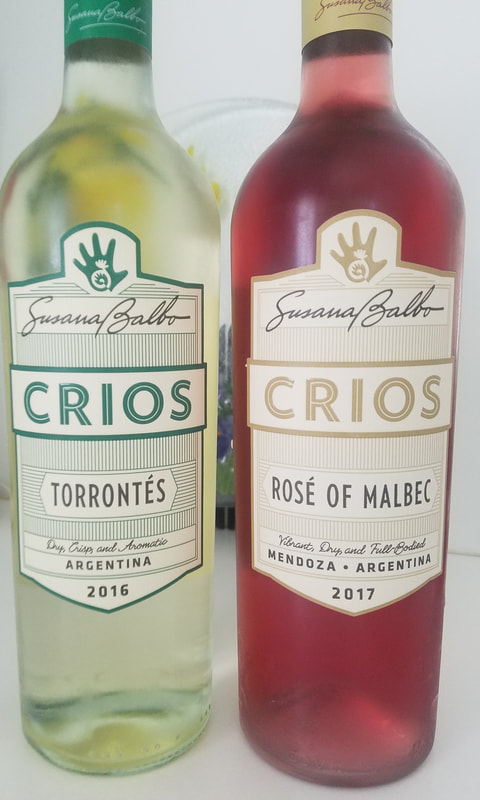
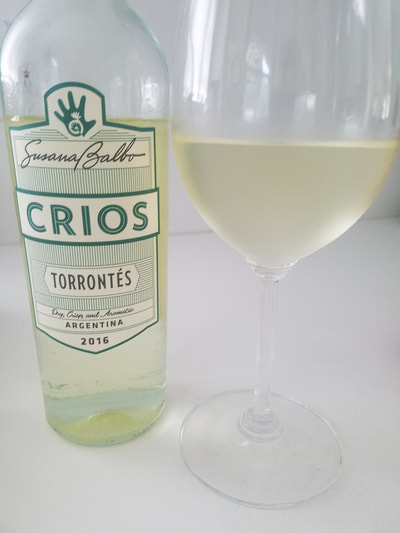
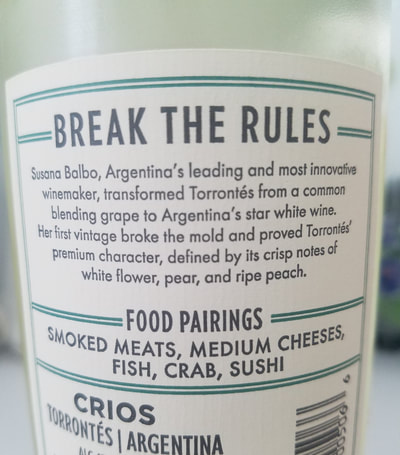
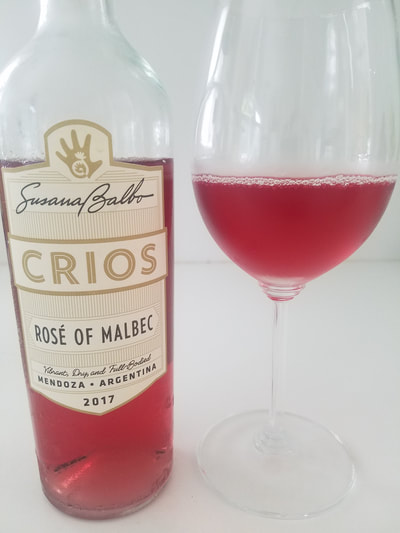
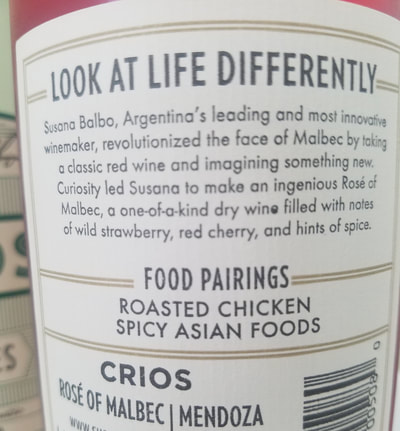

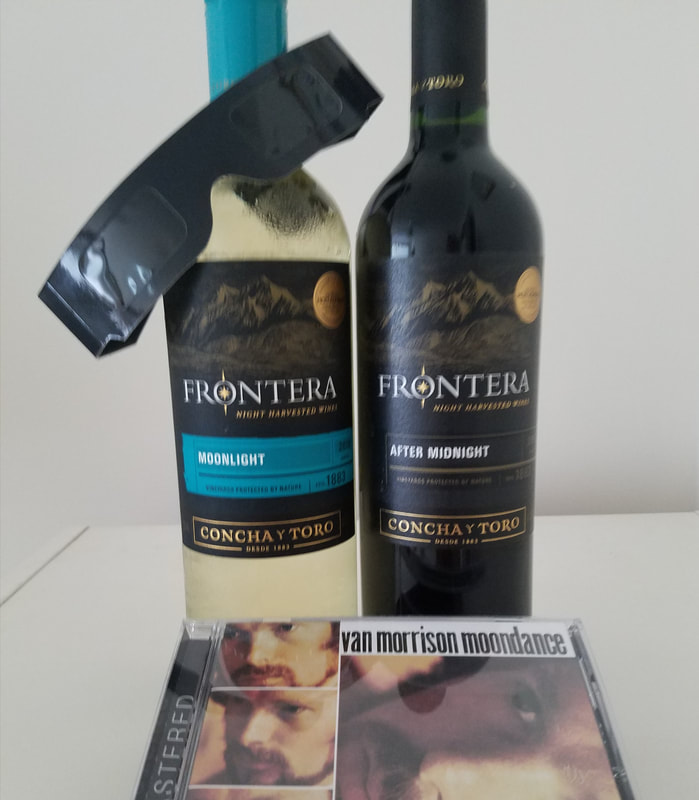
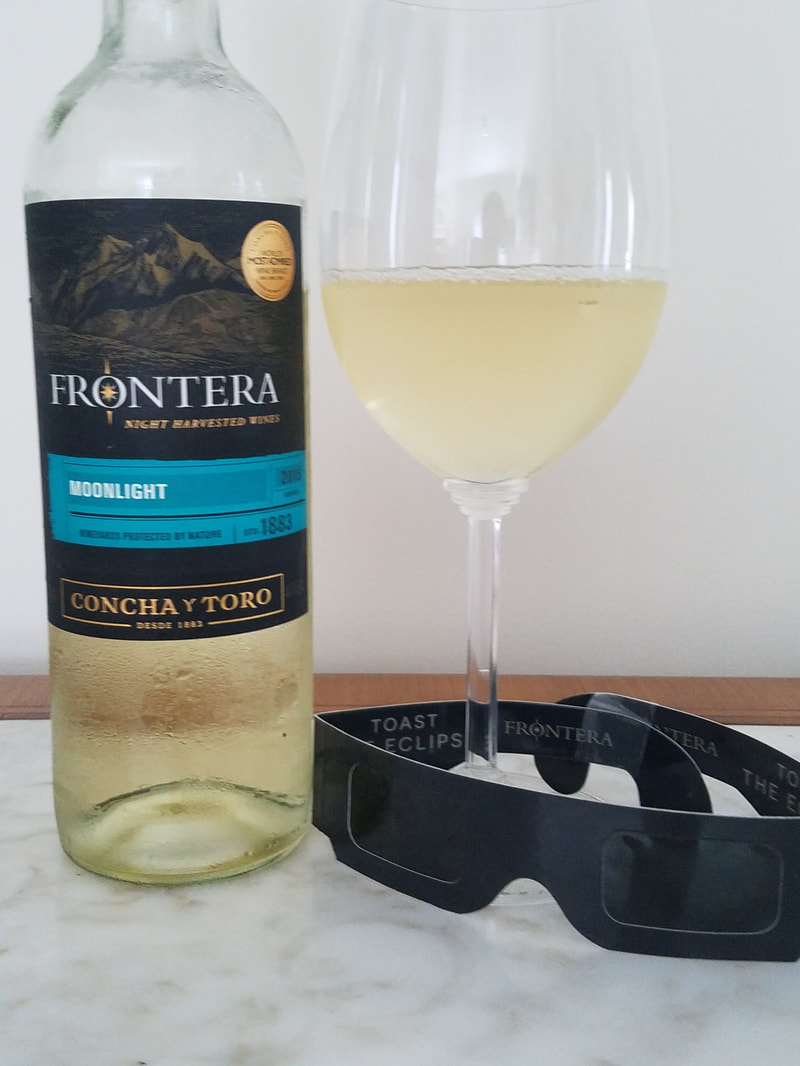
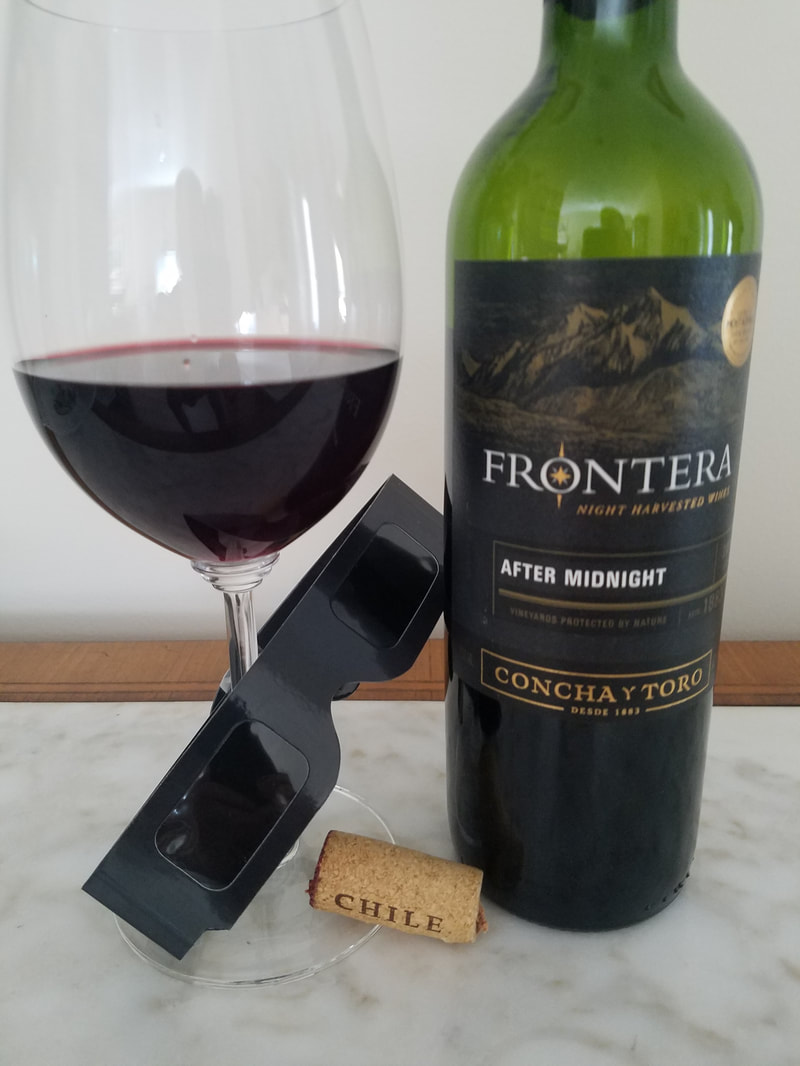
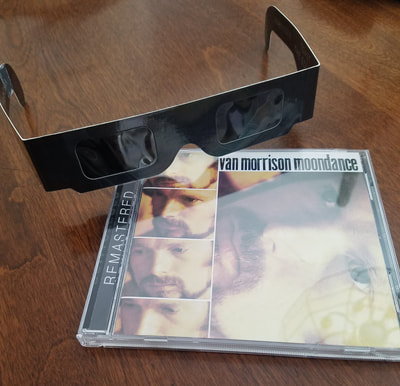

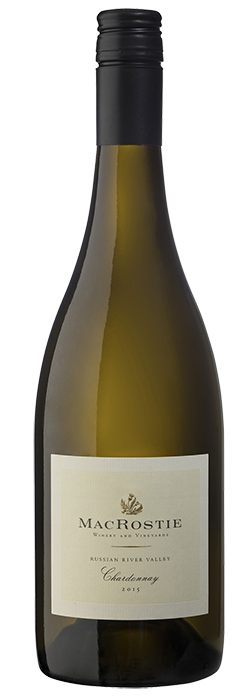


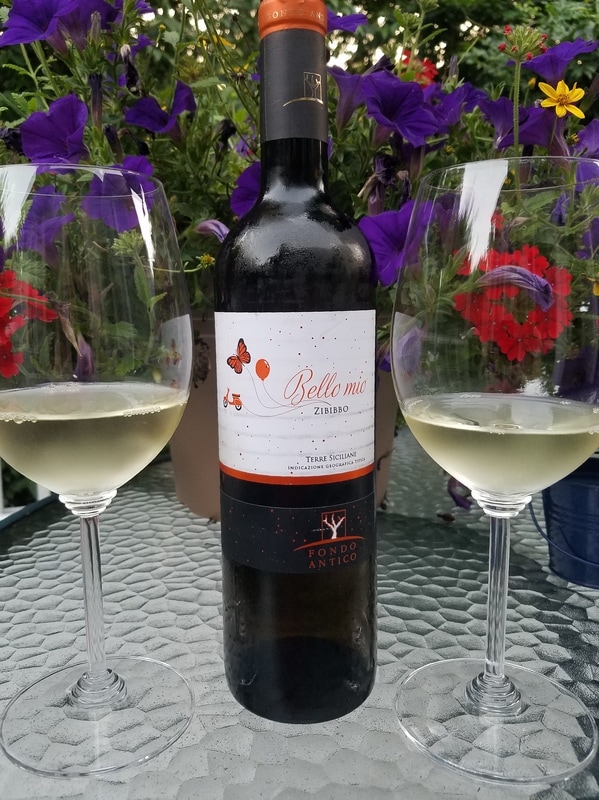
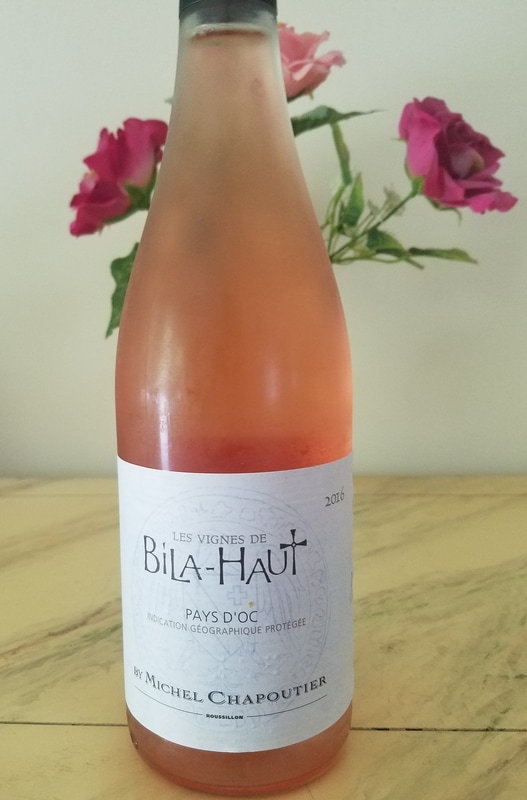
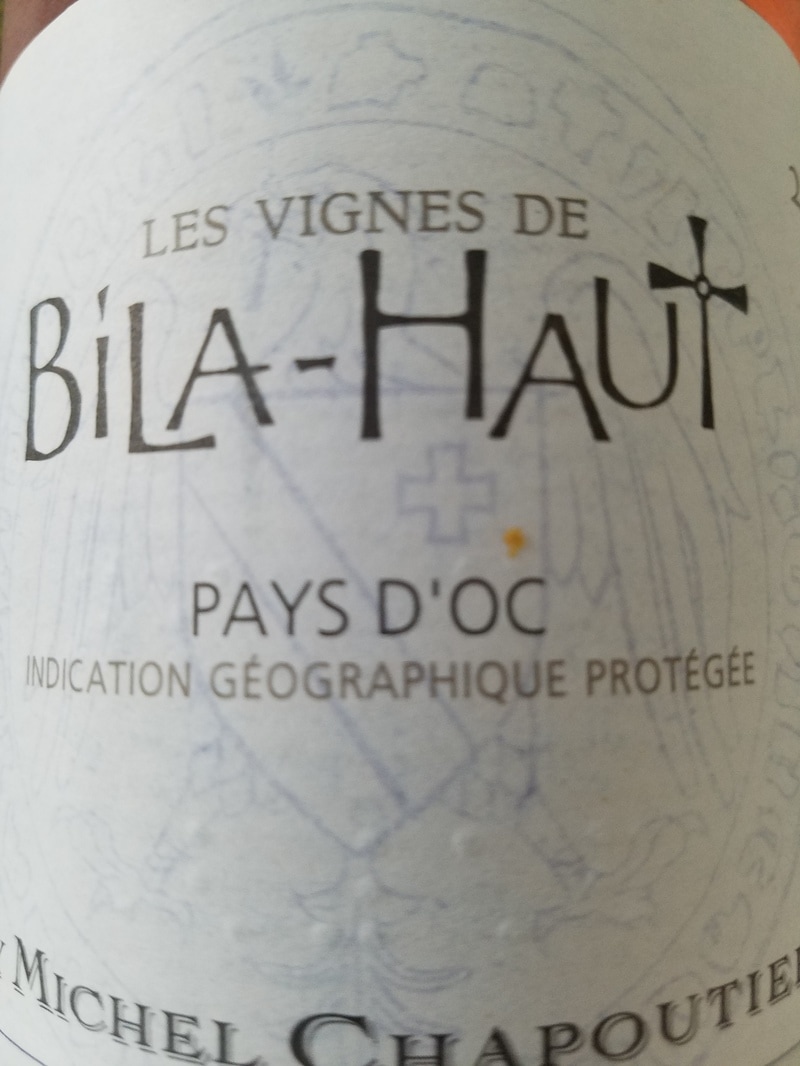
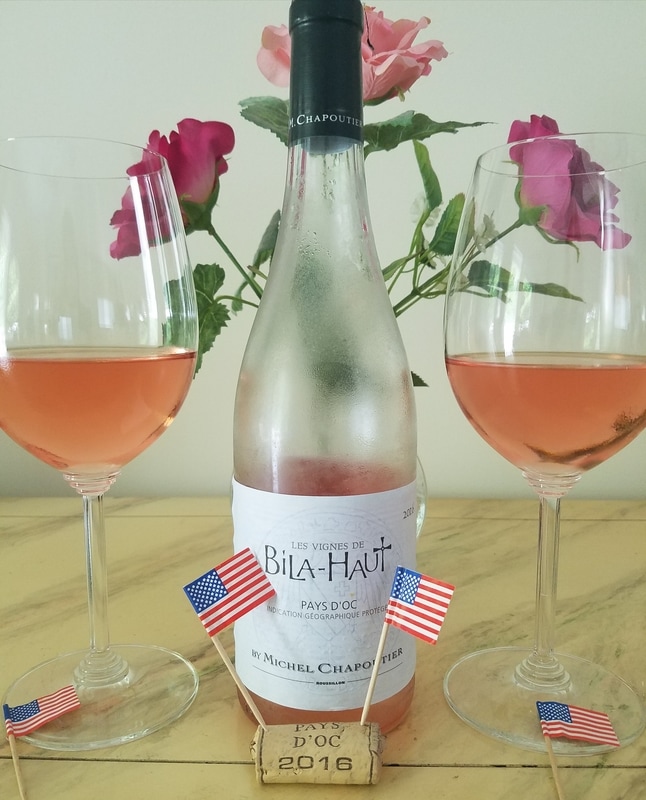

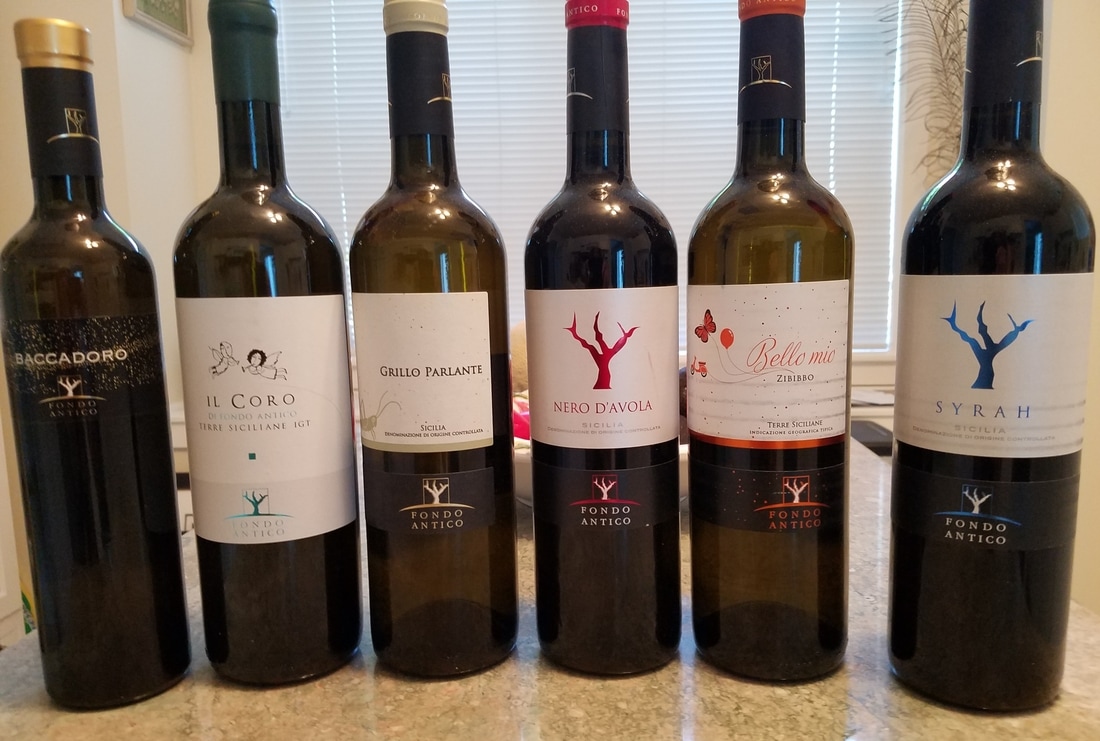
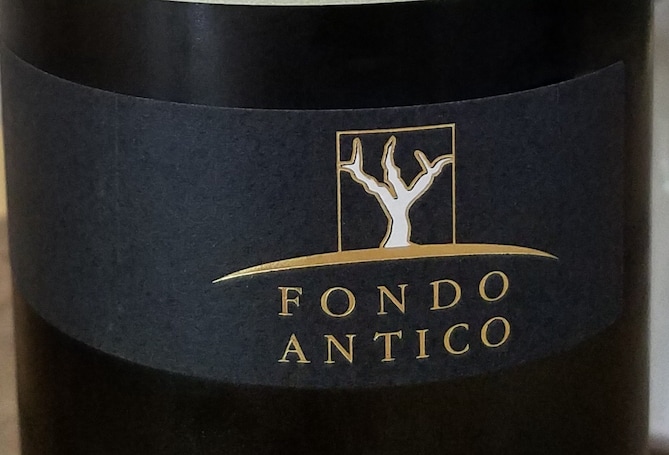

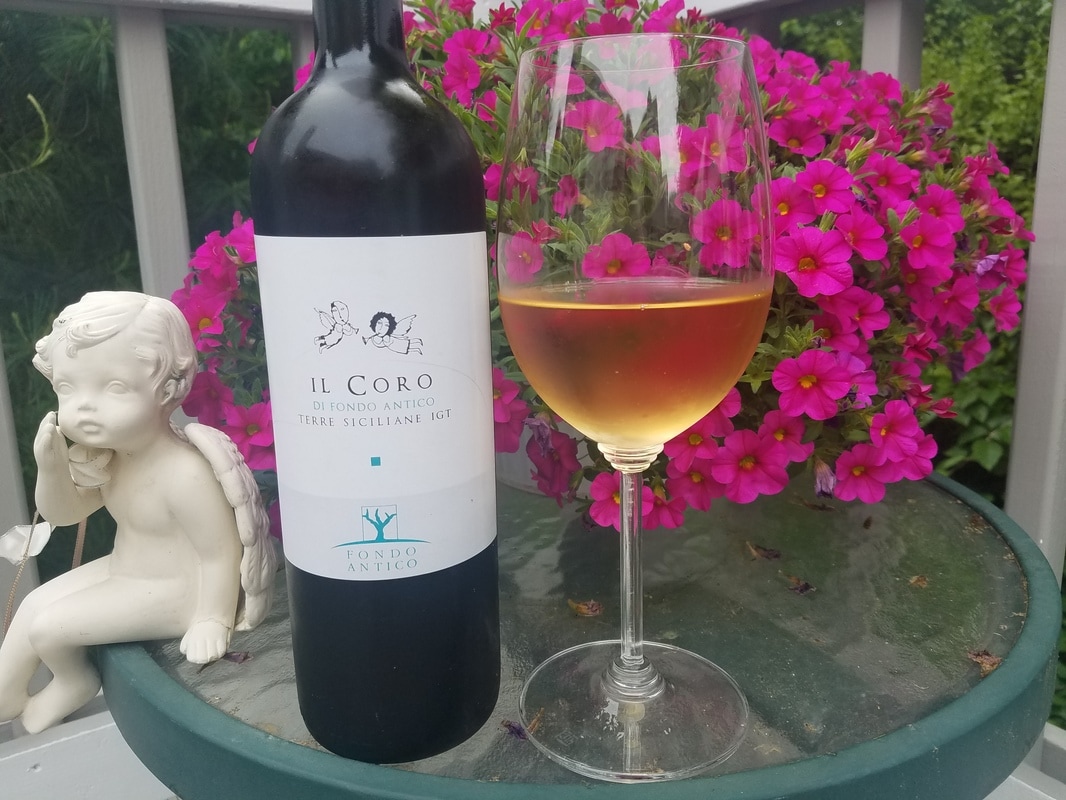
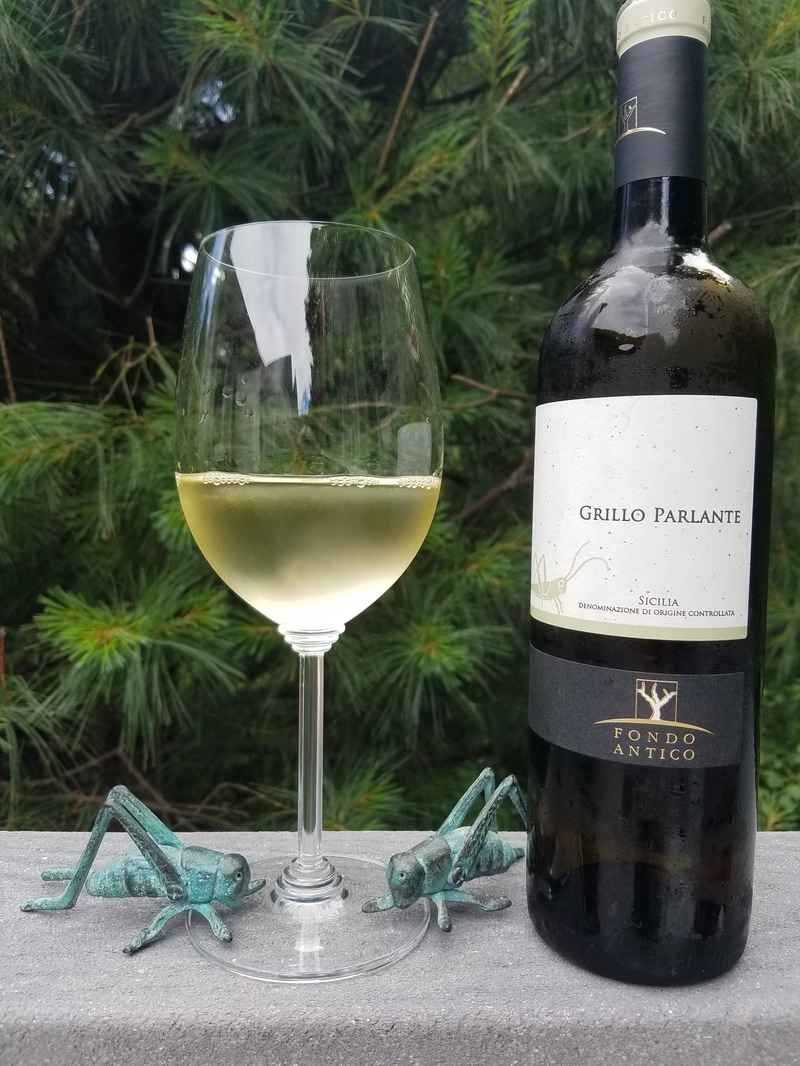
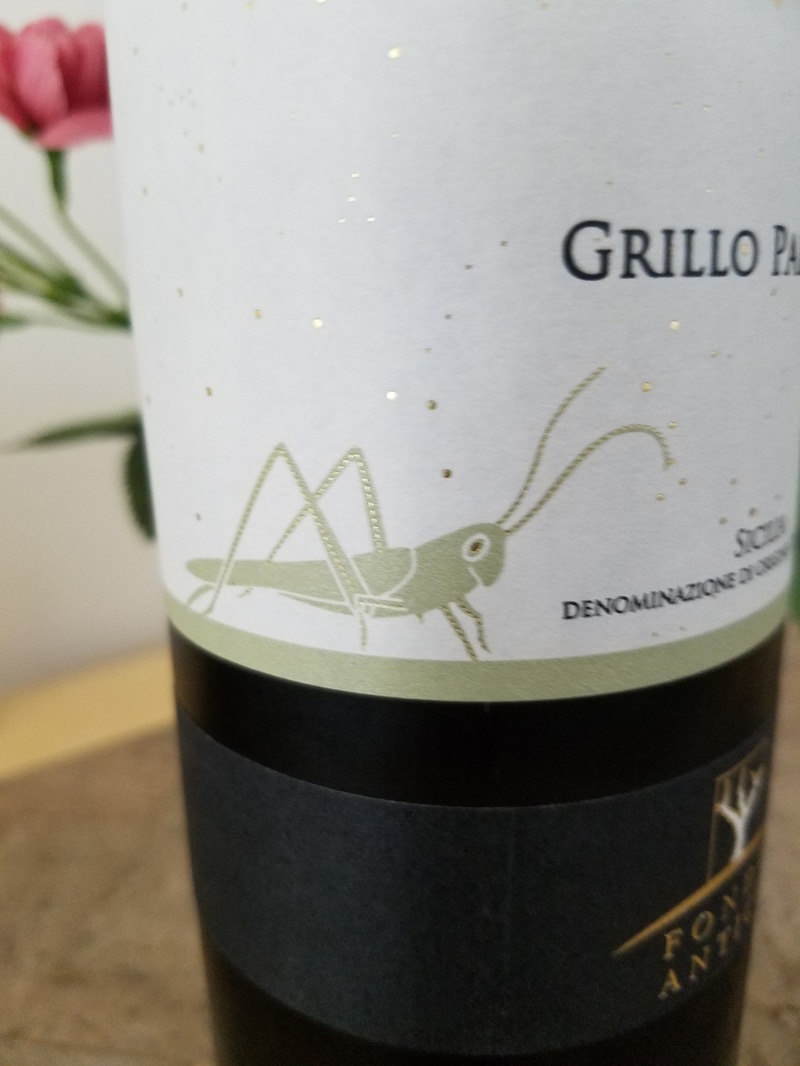



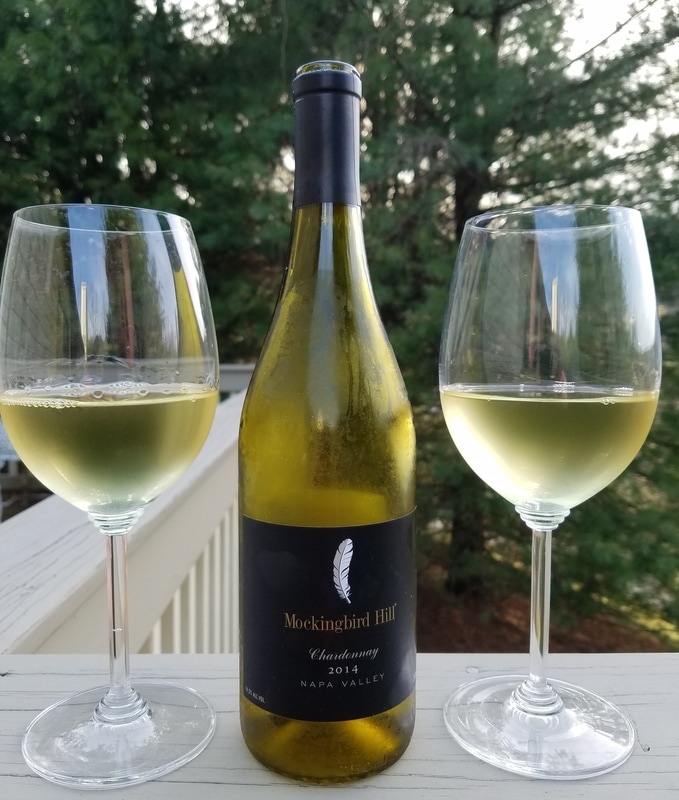
 RSS Feed
RSS Feed